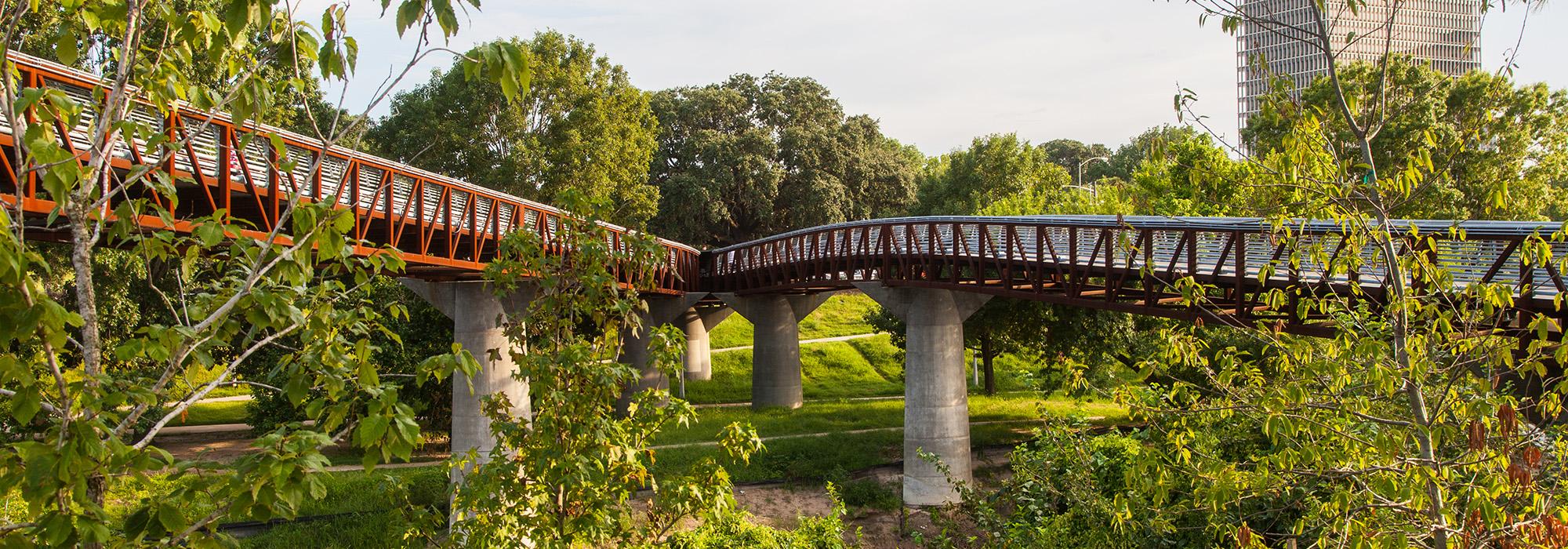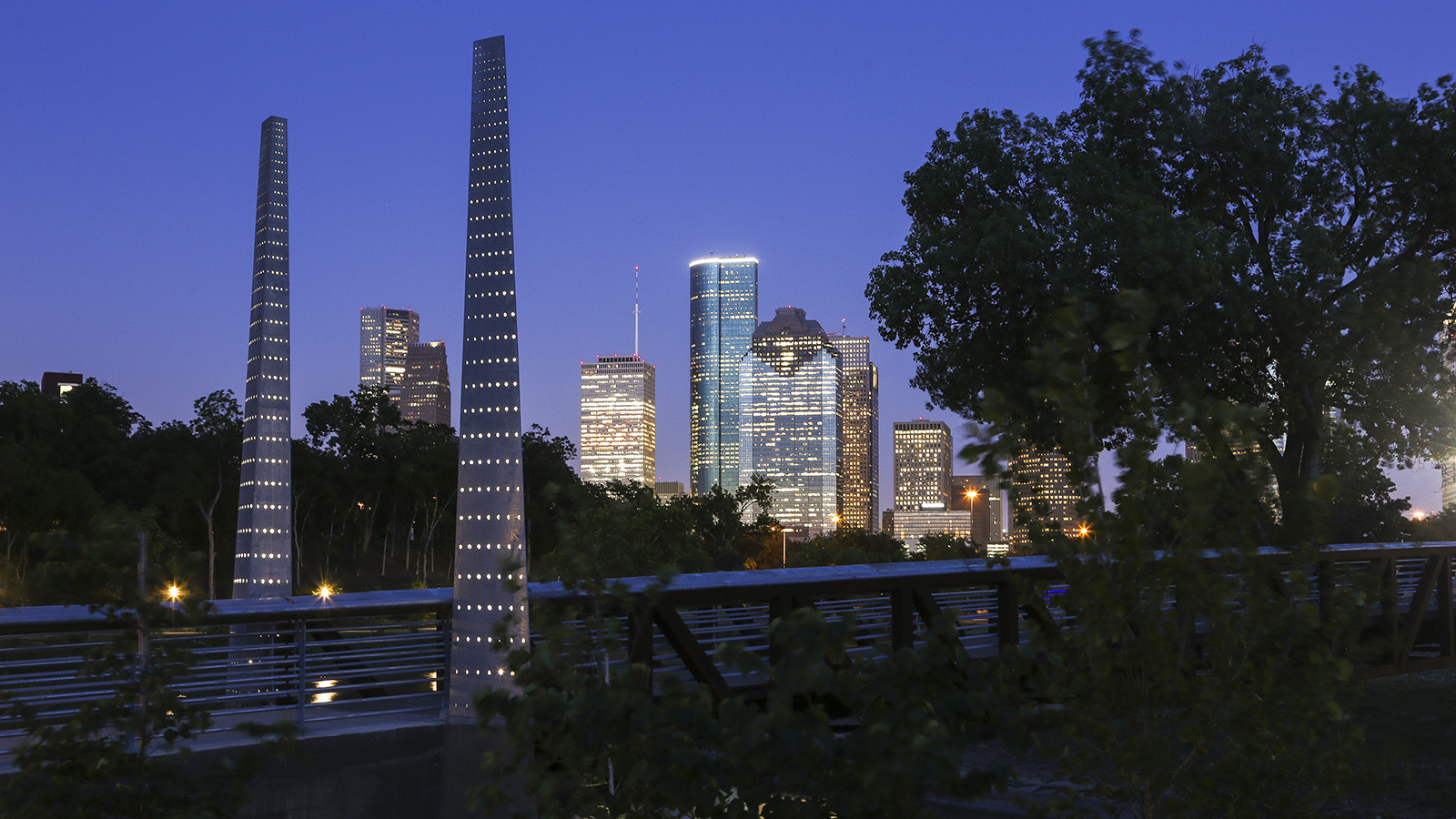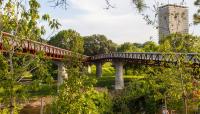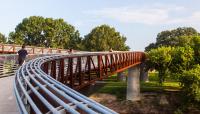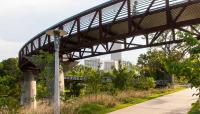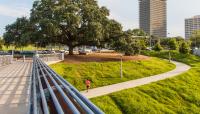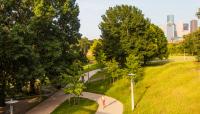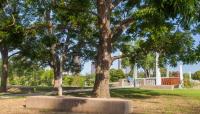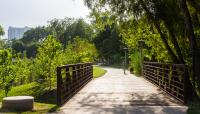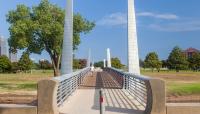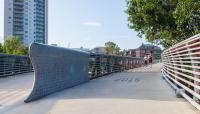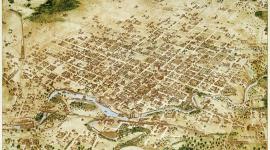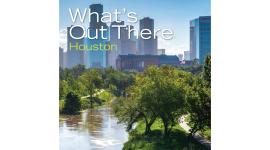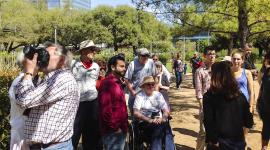Landscape Information
Stretching 2.3 miles along both sides of Buffalo Bayou between Sabine Street and Shephard Drive, this 163-acre park transformed a formerly blighted area west of downtown Houston. In his 1913 report to the Houston Park Commission, Arthur Comey recommended the acquisition of land along Buffalo Bayou for use as public parkland. As the slowly moving waterway was also used for commercial shipping, many of Comey’s recommendations were not realized and, instead, the riverbank was steadily industrialized. Flood control infrastructure was added, a belowground cistern was constructed, and, as Houston’s transportation system expanded, bridges and elevated highways came to characterize much of its downtown length.
In the 1970s and 1980s, architect Charles Tapley campaigned for downtown parks to be sited along Buffalo and White Oak Bayous. At a tributary feeding into Buffalo Bayou, he designed a small park with seating, granite steps, and riparian plantings. In 1986, the Buffalo Bayou Task Force (now the Buffalo Bayou Partnership) was created and, building upon Tapley’s recommendations, a master plan was developed. In 1991, a memorial to police officers (designed by Jesus Bautista Moroles) was built, comprising stacked granite pyramids and a reflecting pool. In 2012, construction of Buffalo Bayou Park commenced, designed by SWA Group. The riverbank was stabilized and naturalized with woodland and prairie plants, which, on occasion, resulted in garden rooms. Lawns for large gatherings were introduced, hike-and-bike trails were constructed, and a skate park and dog park were built. Four formal gardens were designed by the landscape architects, Reed Hilderbrand. Lighting inspired by the lunar cycle, designed by L’Observatoire International, was installed throughout the park, as were several art installations.



